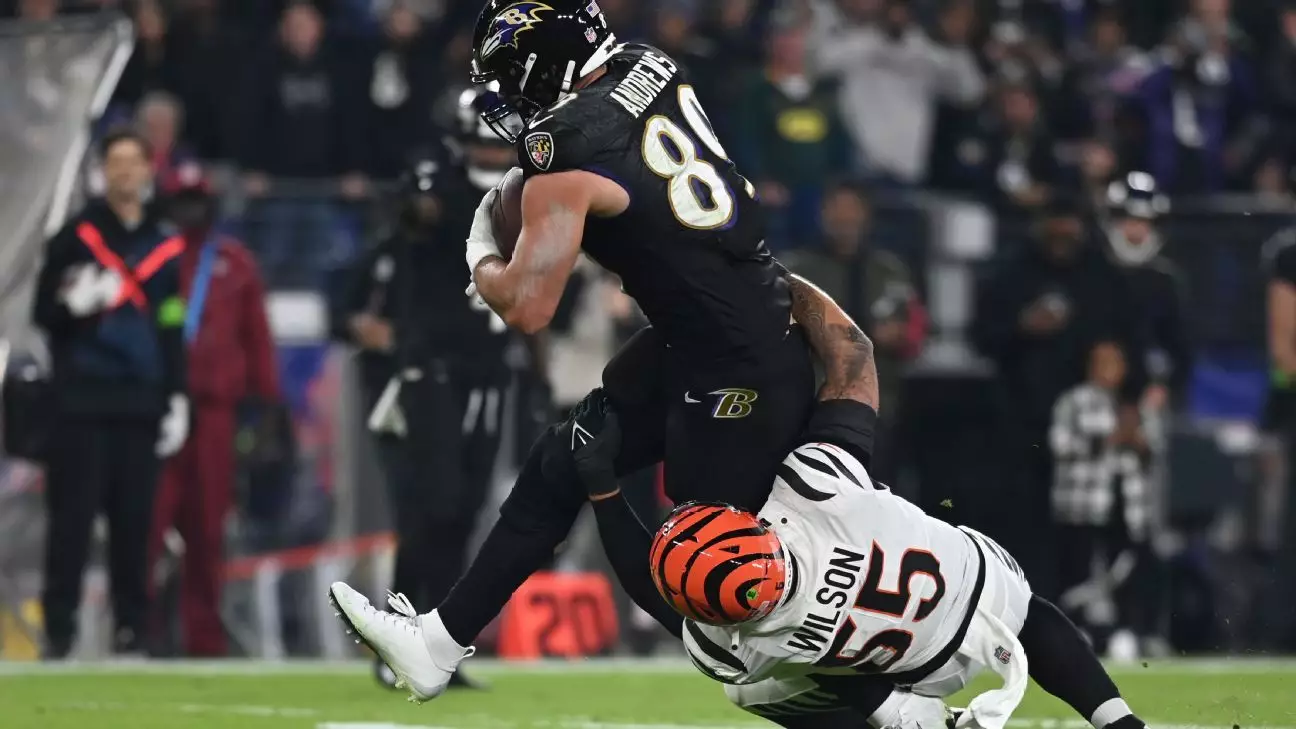The recent announcement by NFL owners to approve a rule proposal banning the hip-drop tackle has sparked controversy within the football community. This decision comes in response to the increasing use of a specific tackling style that has resulted in lower body injuries among players. The rule will now result in a 15-yard penalty if flagged during games, following the footsteps of the “use of helmet” rule enforcement process.
While the intention behind the rule is to protect players from potential harm, there has been pushback from the NFL Players Association and current and former players. The concern raised is that the implementation of this rule could lead to confusion among players, coaches, officials, and fans. This resistance suggests that there needs to be further discussion and clarification regarding the rule’s implications before its full enforcement.
The tackling technique in question involves a defender grabbing the runner with both hands or wrapping them in both arms while dropping their hips and lower body, ultimately trapping the runner’s legs at or below the knee. This style of tackling has been linked to serious injuries, such as the case of Baltimore Ravens tight end Mark Andrews, who suffered a cracked fibula and ligament damage due to a hip-drop tackle.
Aside from the ban on the hip-drop tackle, NFL owners also approved two other proposals. Teams will now receive a third challenge following one successful challenge, as opposed to the previous requirement of two successful challenges. This change aims to provide teams with more opportunities to challenge rulings during games. Additionally, a major foul by the offense will now be enforced before a change of possession in situations where there are fouls by both teams, ensuring fair play and accountability.
While the rule proposal to ban the hip-drop tackle may have good intentions in terms of player safety, there are valid concerns that need to be addressed regarding its implementation. The NFL must strive to find a balance between protecting players and maintaining the integrity of the game. Further discussions and considerations are necessary to ensure that the new rule does not create confusion or hinder the overall experience for players, coaches, officials, and fans alike.


Leave a Reply